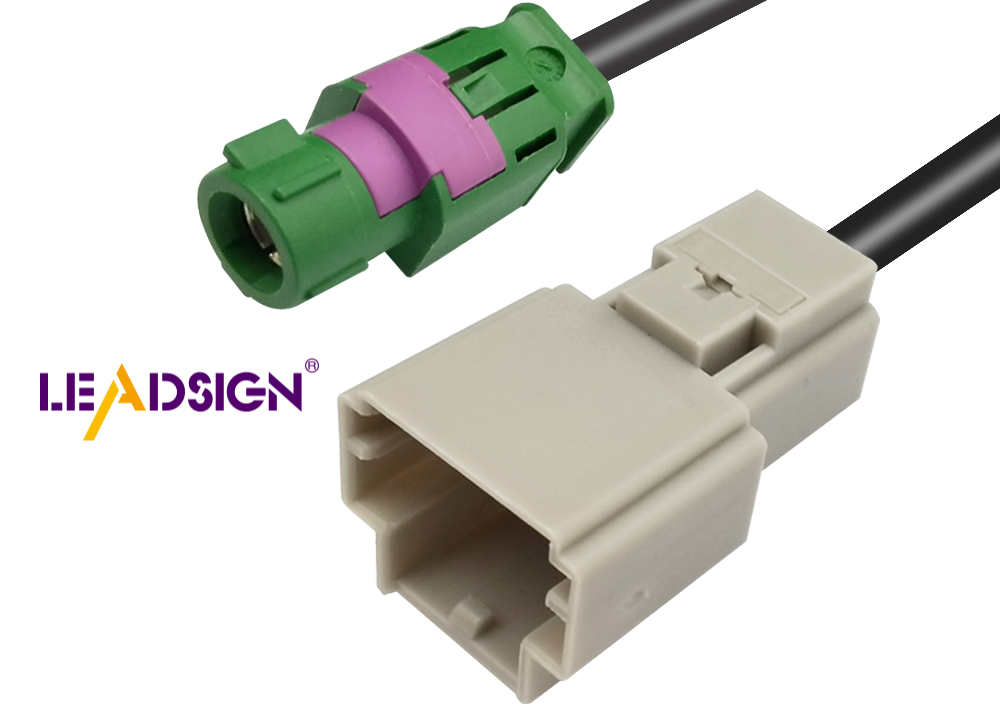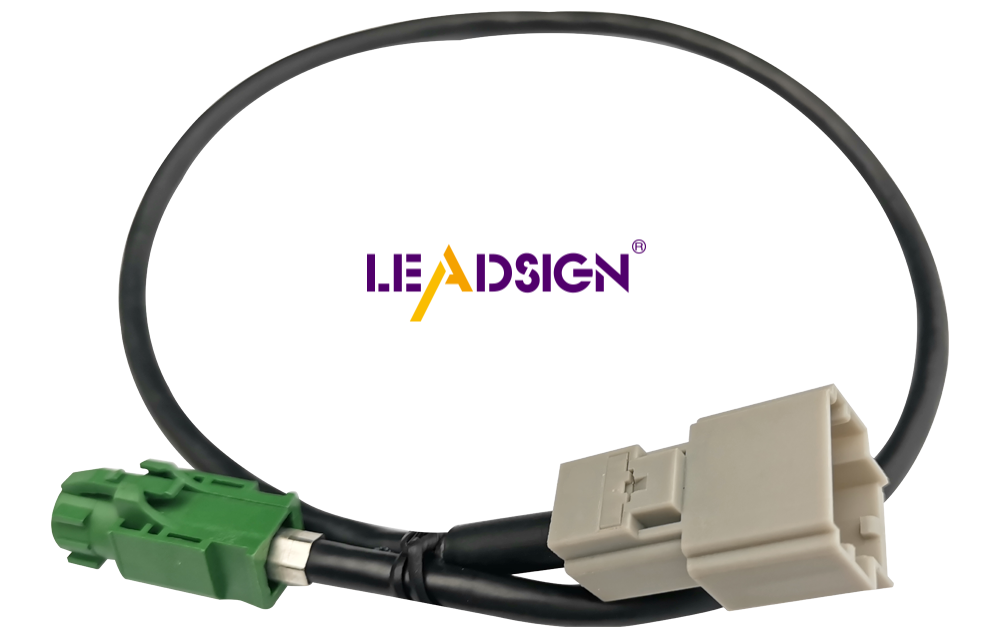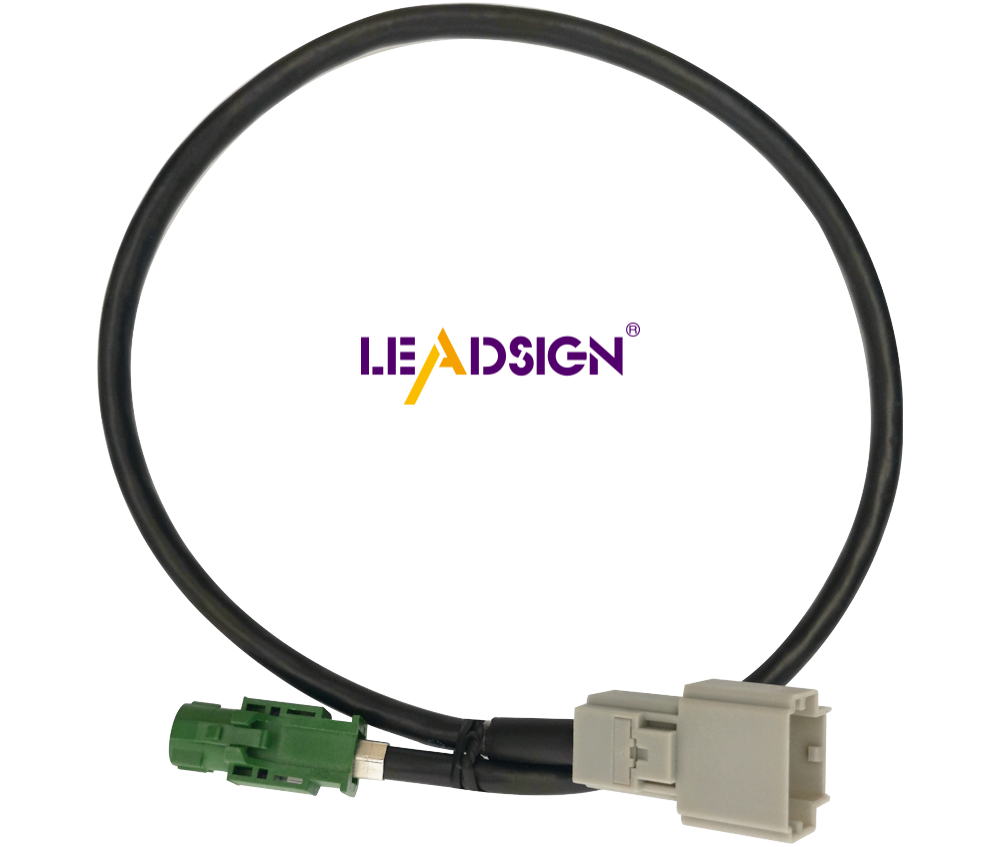Upgrade Now: HSD Cables vs. Speaker Cables

Selecting the appropriate cables for your car's audio system is crucial, as it can significantly impact the quality of the sound. You desire excellent audio, right? That's why understanding cables is beneficial. HSD cables and car audio speaker cables both play vital roles. HSD cables are designed to handle high-speed data, making them ideal for modern systems with multiple components. Car audio speaker cables, on the other hand, deliver clear sound to the speakers. Each type of cable excels in different areas. The decision between HSD cables and car audio speaker cables depends on the specific requirements of your system.
Understanding Cable Types

Construction
Materials used in HSD cables
HSD cables use materials for fast data transfer. They have special insulation to stop signal loss. More strands make them bendy. This design fits new car audio systems. You see HSD cables in car screens and cameras.
Materials used in car audio speaker cables
Car speaker cables use copper. Copper is good at carrying electricity. Many use Oxygen Free Multistranded Cable (OFMC). This type is common in many uses. It's made to send sound signals well. Speaker cables power loudspeakers' parts. Lower DCR and inductance can help performance sometimes.
Capabilities
Data transfer rates of HSD cables
HSD cables are great for fast data moves. They handle high-frequency signals well. Use them with USB and Ethernet protocols. Their speed helps new car audio systems work better. HSD cables boost audio performance in cars.
Signal quality in car audio speaker cables
Speaker cables focus on clear sound quality. They give speakers clear sound without noise interference. More strands make them flexible too. Insulated copper keeps the signal strong and clear.
Applications
Use of HSD cables in modern vehicles
HSD cables are used a lot in new cars today. They connect screens and infotainment units together, also found in consumer ports, supporting many protocols like LVDS, making them perfect for complex systems.
Traditional applications of car audio speaker cables
Speaker cables are used traditionally to link speakers to sound systems, fitting older setups easily due to their simple design, staying popular because they always deliver good sound quality.
Advantages of HSD Cables

Data Transfer Rates
Speed comparison with car audio speaker cables
HSD cables are super fast. They move data really quickly. This is great for new car audio systems. How do they compare to speaker cables? HSD cables are much faster than speaker cables. Speaker cables focus on sound, not speed. So, for quick data in your car, choose HSD cables.
Signal Quality
Impact on audio performance
Signal quality is key in audio systems. HSD cables have top signal quality. They cut down noise and keep sound clear. This gives you better sound in your car. Speaker cables work well too, but HSD is better. Their design means less signal loss. With HSD, you get great sound in your car system.
Flexibility
Installation benefits
HSD cables are very flexible. They bend easily for easy setup. You can fit them into small spaces easily. Speaker cables bend too, but HSD has more strands often. This helps in tricky setups. For an easy install, use HSD cables. They make setting up complex systems simple.
When to Use Speaker Cables
Situations for Regular Cables
Thinking about cost
Speaker cables usually cost less. They are cheaper. Many car systems use these cables well. You can save a lot of money. Buying speaker cables might be smart for you.
Easy setup in old systems
Old car systems often use speaker cables. These cables are easy to set up. Simple setups make installing them easier. People like this no-hassle way. Speaker cables work well in old cars. You might not need anything fancy.
Choosing the right cables for your car audio system matters. Consider what your system needs. HSD cables work well for modern systems. They offer fast data transfer and clear sound. Speaker cables suit older setups. They cost less and are easy to install. Think about durability and build quality too. Solid connections matter. Decide based on your budget and system type. Make an informed choice. Your car audio experience will improve with the right cables. Enjoy the music!
See Also
Boosting Connectivity using HSD LVDS Cables
Improving Vehicle Performance with HSD to USB 2.0 Cables
Significance of HSD Cable Assembly in Contemporary Technology

